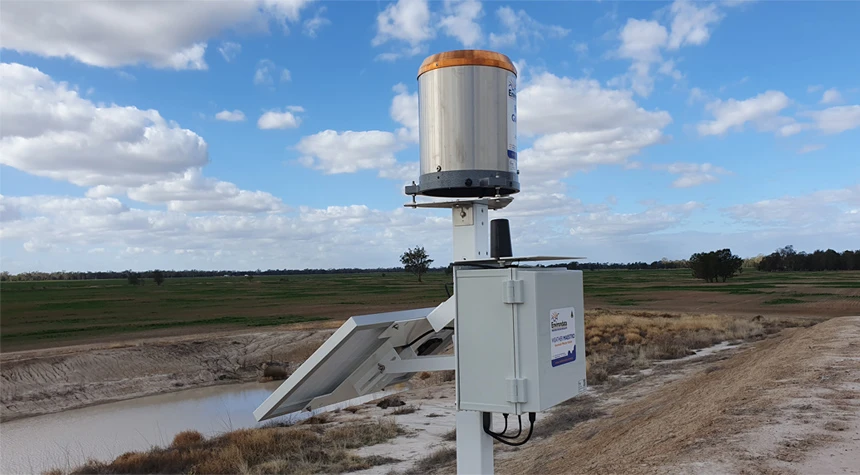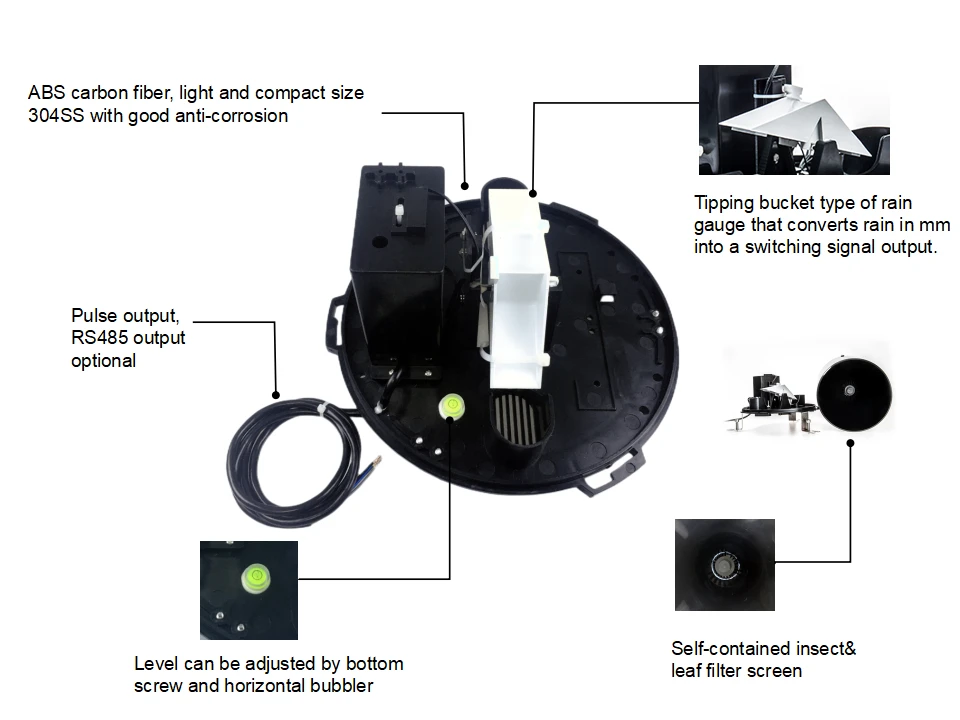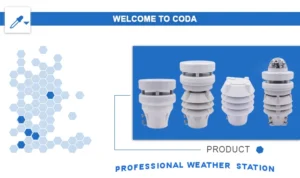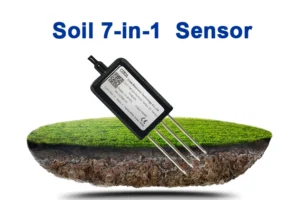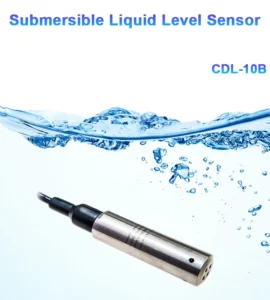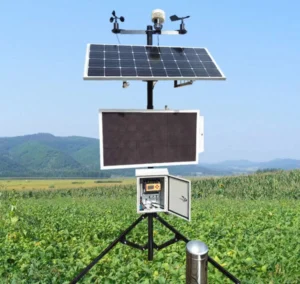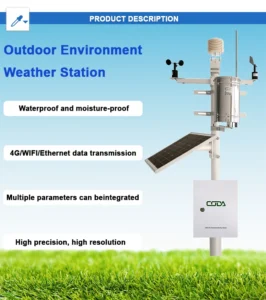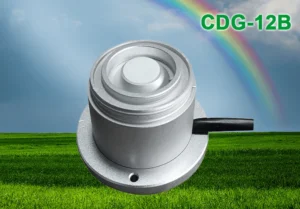The tipping bucket rain gauge comes with a range of pros and cons:
Advantages of the Tipping Bucket Rain Gauge:
1. Precision: Tipping bucket rain gauges are known for their high accuracy in measuring rainfall. Their design allows for precise measurement because of the reliable tipping mechanism used.
2. Self-Emptying: The tipping bucket design makes sure the rain gauges empties itself after each measurement. This reduces the need for manual work and lessens the effect of evaporation on the data collected.
3. Durability: These rain gauges can handle bad weather. This makes them good for long outdoor use.
4. Accuracy: The Tipping Bucket Rain Gauges provide accurate rainfall measurements. They are helpful for many weather and water needs.
5. Reliability: The device has a simple design. It works well and does not often break down.
6. Versatility: The tipping bucket rain gauge works well in many climates and terrains. It can function steadily in various environments.
Tipping bucket rain gauge Disadvantages:
1.Environmental factors can impact tipping bucket rain gauges. Wind, temperature, and humidity can lead to measurement errors.
2. Maintenance: Tipping bucket rain gauges are strong, but they need regular care to ensure accurate readings. Debris and dirt can impact how well the gauge works, so you should clean them from time to time.
3.Sensitivity to Freezing Conditions In cold areas, temperatures can drop below freezing. This can cause ice to form on the tipping mechanism. This can cause measurement errors.
4. Power Dependency: Some advanced tipping bucket rain gauges need an external power source to record and send data. This can be a problem in remote or off-grid areas.
In summary, tipping bucket rain gauges are accurate and stable. They are useful for many weather and water-related tasks. However, we must think about how environmental factors and rainfall type affect their accuracy. Regular calibration and maintenance are also needed.
